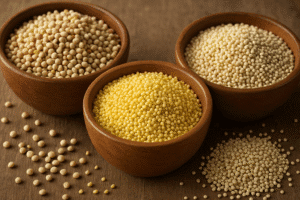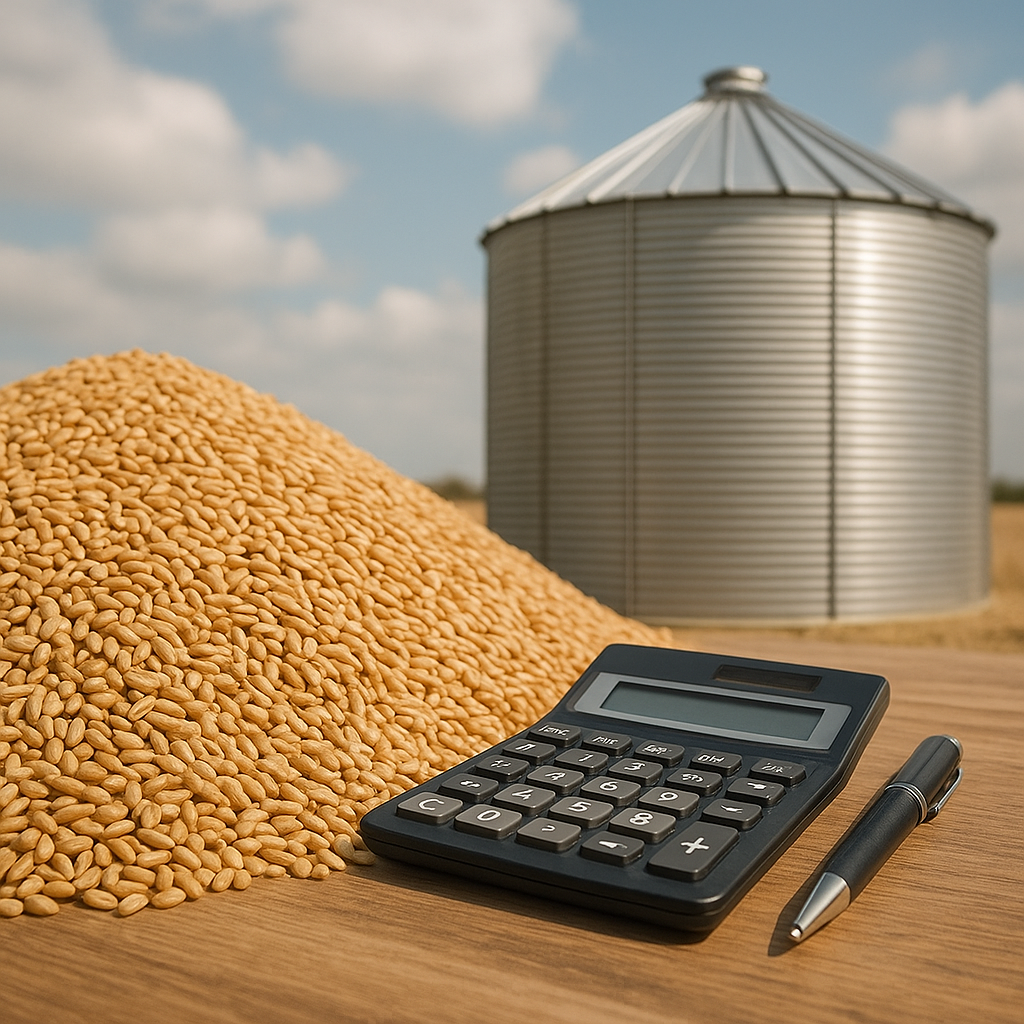The health of soil plays a crucial role in determining grain yields and influencing market dynamics. As the global population continues to grow, the demand for grains such as wheat, rice, and corn is increasing, making it essential to understand the relationship between soil health and agricultural productivity. This article explores the various aspects of soil health, its impact on grain yields, and how these factors ultimately affect grain markets.
Understanding Soil Health
Soil health refers to the condition of soil in relation to its ability to function as a living ecosystem that sustains plants, animals, and humans. Healthy soil is characterized by a rich diversity of microorganisms, adequate organic matter, proper pH levels, and good structure. These factors contribute to the soil’s capacity to retain water, supply nutrients, and support plant growth. The following are key components that define soil health:
- Soil Structure: The arrangement of soil particles affects water infiltration, root penetration, and aeration. Well-structured soil promotes healthy root systems and enhances plant growth.
- Organic Matter: Decomposed plant and animal materials enrich the soil with nutrients and improve its ability to retain moisture. Higher organic matter content is often associated with better crop yields.
- Microbial Activity: A diverse community of microorganisms plays a vital role in nutrient cycling, organic matter decomposition, and disease suppression. Healthy soil supports a thriving microbial ecosystem.
- Nutrient Availability: Essential nutrients such as nitrogen, phosphorus, and potassium must be present in adequate amounts for optimal plant growth. Soil health management practices can enhance nutrient availability.
- pH Levels: Soil pH affects nutrient solubility and microbial activity. Most crops thrive in slightly acidic to neutral pH levels, making pH management crucial for maintaining soil health.
The Relationship Between Soil Health and Grain Yields
The relationship between soil health and grain yields is complex and multifaceted. Healthy soils contribute to higher yields through improved nutrient availability, better water retention, and enhanced resilience to pests and diseases. Here are some ways in which soil health directly impacts grain production:
1. Nutrient Management
Healthy soils provide a balanced supply of nutrients necessary for plant growth. When soil health is compromised, nutrient deficiencies can occur, leading to stunted growth and reduced yields. Farmers can enhance soil health through practices such as:
- Cover Cropping: Planting cover crops during the off-season helps prevent soil erosion, improves organic matter content, and enhances nutrient cycling.
- Crop Rotation: Rotating different crops can break pest and disease cycles, improve soil structure, and enhance nutrient availability.
- Organic Amendments: Adding compost or manure can increase organic matter levels, improve soil structure, and provide a slow-release source of nutrients.
2. Water Retention and Drainage
Soil health significantly influences the soil’s ability to retain water. Healthy soils with good structure and organic matter content can hold moisture more effectively, reducing the need for irrigation and enhancing drought resilience. Conversely, degraded soils may suffer from poor drainage, leading to waterlogging and root diseases. Effective soil management practices can improve water retention and drainage:
- Reduced Tillage: Minimizing soil disturbance helps maintain soil structure and organic matter, promoting better water retention.
- Mulching: Applying organic or inorganic mulch can reduce evaporation, maintain soil moisture, and suppress weed growth.
3. Pest and Disease Resistance
Healthy soils support a diverse microbial community that can suppress soil-borne diseases and pests. When soil health declines, crops become more susceptible to diseases, leading to lower yields. Practices that enhance soil health can improve pest and disease resistance:
- Diversity in Planting: Growing a variety of crops can disrupt pest cycles and reduce the spread of diseases.
- Integrated Pest Management (IPM): Combining biological, cultural, and chemical practices can help manage pests while maintaining soil health.
Market Implications of Soil Health and Grain Yields
The impact of soil health on grain yields extends beyond the farm gate and has significant implications for grain markets. As yields fluctuate due to soil health, market dynamics are affected in several ways:
1. Supply and Demand Dynamics
Grain markets are heavily influenced by supply and demand. When soil health improves and yields increase, the supply of grains rises, potentially leading to lower prices. Conversely, if soil degradation results in lower yields, the supply diminishes, driving prices up. Understanding these dynamics is crucial for farmers, traders, and policymakers:
- Price Volatility: Fluctuations in grain yields due to soil health can lead to price volatility, affecting farmers’ income and market stability.
- Global Trade: Countries that prioritize soil health may have a competitive advantage in grain production, influencing global trade patterns.
2. Investment in Sustainable Practices
As awareness of the importance of soil health grows, there is an increasing push for sustainable agricultural practices. Farmers who invest in soil health management may benefit from:
- Higher Yields: Sustainable practices can lead to improved soil health, resulting in higher and more consistent yields over time.
- Market Premiums: Consumers are increasingly willing to pay a premium for sustainably produced grains, providing financial incentives for farmers to adopt soil health practices.
3. Policy and Regulation
Governments and organizations are recognizing the importance of soil health in achieving food security and environmental sustainability. Policies that promote soil health can have far-reaching effects on grain markets:
- Subsidies and Incentives: Financial support for farmers adopting sustainable practices can encourage soil health improvements and stabilize grain production.
- Research and Education: Investing in research and education on soil health can empower farmers with the knowledge and tools needed to enhance productivity.
Conclusion
The impact of soil health on grain yields and markets is profound and multifaceted. Healthy soils are essential for sustainable agricultural practices, leading to higher yields, improved resilience, and better market stability. As the global demand for grains continues to rise, prioritizing soil health will be crucial for ensuring food security and supporting farmers in a changing climate. By understanding the intricate relationship between soil health and grain production, stakeholders can make informed decisions that benefit both the environment and the economy.













